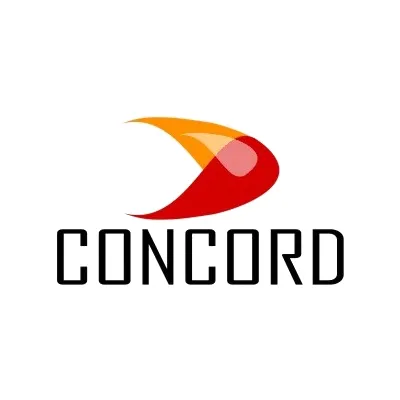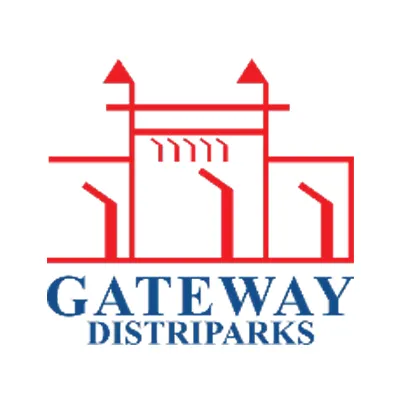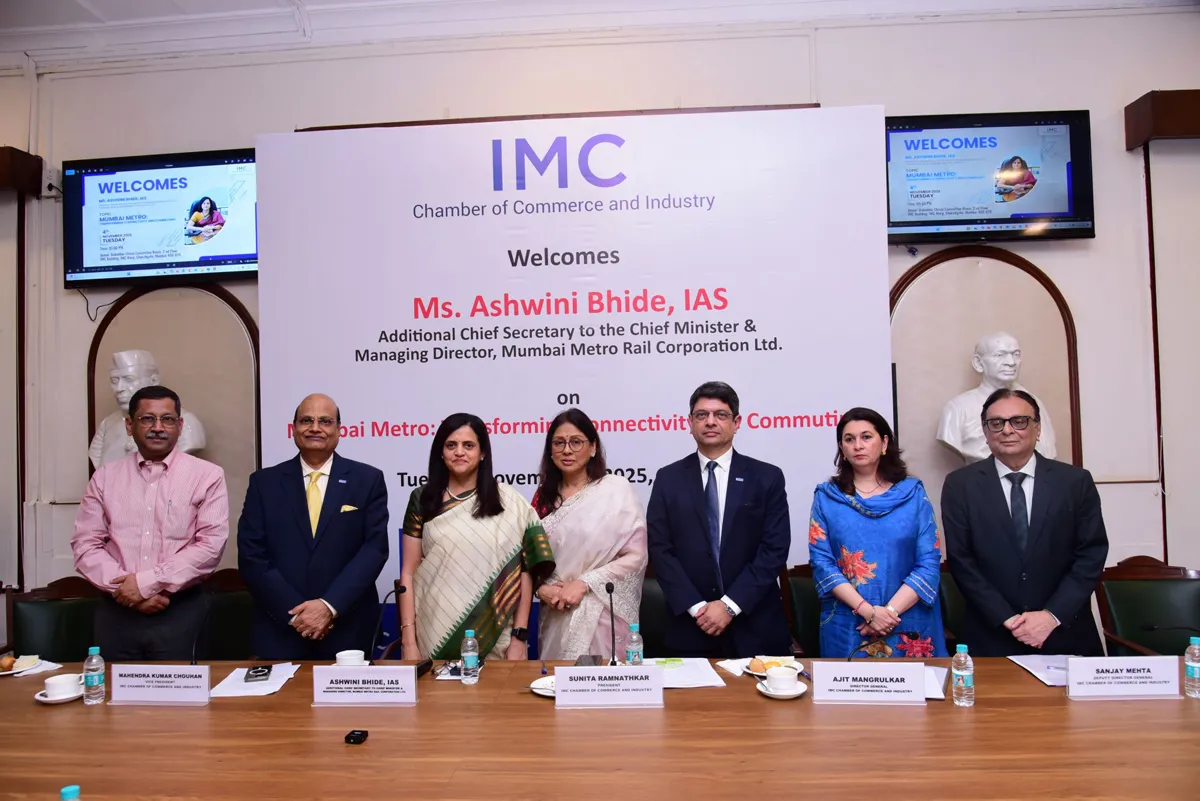Tech-enabled systems have outcomes that go beyond the technology itself, and are redefining the ways in which construction companies will source their project work. Sudeep Kumar Sen of TeamLease Services maps two important trends for the year.
Technology has played a pivotal role in enhancement and adoption of digital advancements in the construction industry and we shall see the positive effect of the same in FY 2021-22. Firstly, it is the change of mindset, the shackles of a traditional, unorganised thought world is slowly getting erased. Still, there is a long way to go.
However, advancements have been made to move to a more organised/formal employment mindset in terms of adoption to partnership with professional partners, adherence to wages and compliances, digitisation and usage of technology. GST and the need for formalisation of labour, learnings from the pandemic and its outrage, reverse migration of labour, and efforts to get them back to the workplace have been important episodes and lessons for the future.
Cost of operation and margins have always been a concern for the construction industry. However, the need to work with specialists and professional partners is making a shift to outsource the workers. Technology has made accessibility to outsourcing easier. Moreover, organisations are looking for partners who can induct technology in all spheres, ensuring productivity, compliances and process adherence like safety.
In the construction industry, staff is often spread over several locations, namely office, field and sites, so accessibility and communication have been challenges and lead to significant loss of work-hours and expenses. However, technology-driven attendance, tracking and communication mechanisms have eased the processes, so that firms can focus on key aspects of productivity. Electronic data capture also helps in short-term and long-term planning.
Tech adoption has helped in streamlining key activities like fabrication: Demand for skill-sets with knowledge of fabrication has gone up by 15%-18% (with regional variations) in FY 20-21 in comparison with the demand in Q1 and Q2 of FY 19-20. In the world of fabrication, where minute detail and accuracy can impact the quality of the work and product, adoption of digitisation has helped to ensure minimum loss on quality parameters, periodic measurements and corrections, predictability in terms of production and outcome. For example, in 3D printed fabrication environments, data can be automatically sent, avoiding human errors and dramatically improving fabrication speed.
Skills sets with 15-20% increase in demand now and are expected to continue to grow in FY 2021-22:
1. Frame and Glass Installers 2. Sealant Applicators 3. Glass Cutters 4. Welders 5. Fitters |
Two key aspects that will flourish in FY 2021-22
-
Services outsourcing: As installation and use of heavy machinery equipment is required in construction projects, the new school of thought is to outsource these tasks of EPC work to specialists. The practice now (and even more in the future) is not to have in-house professionals and equipment, but rather, engage specialist partners who will take up end-to-end projects which involves drilling, utility locating, cutting, excavation and trenching activities, in more cost-effective and productive ways. This trend is also an outcome of digital adoptions and focus on core activity.
- Manpower outsourcing: Otherwise known as staff leasing, this model enables the principal employer, for example, a construction company, to ensure compliance, wage costs, and availability of the manpower to meet deadlines of delivery, helping the company to remain focused on the core business activities and also enjoy lower hiring costs. More and more movement from traditional and local vendors to more organised, compliant and nationally present partners will be one of the key trends for 2021. This trend improves productivity, business sustainability, and profitability. Staff members in drafting, designing, inventory, estimation are getting outsourced in professional vendor partnerships, remote connectivity and usage of tools for the same ensures effective communications. Vendor partnerships also help in terms of staff query resolutions and avoidance of direct involvement of the companies.
Author: Sudeep Kumar Sen is Business Head for the Industrial, Manufacturing and Engineering (IME) vertical at TeamLease Services, HR firm specialising in blue-collar and entry-level jobs. Sen has led sales, account management and business operations in the HR services industry.



















